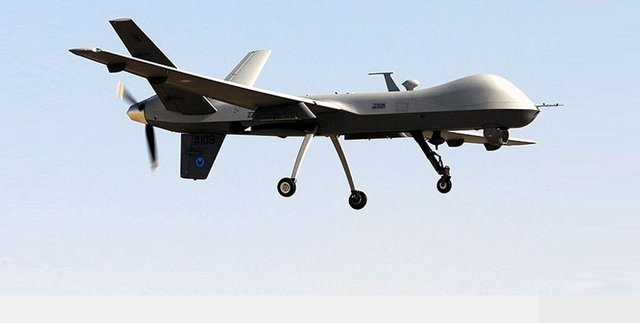The WITAS Unmanned Aerial Vehicle Project
The fast growing area of intelligent unmanned vehicles (UAV) has shown a tremendous development in the past years but it comes with numerous research challenges for artificial intelligence the past research has focused on low level control capability which aims to create controllers that supports unmanned autonomous flight of the UAV from one point to another, the wide common implementation scenario is to place as much as possible sensors on board to collect chunks of data and analyze it off-line or on real time by dedicated on ground personnel, the use of such amazing intelligent machines have witnessed a wide range of usability in conflict situation where the presence of human controller either unpractical or very dangerous, as much as they used in conflict and warfare situations UAVs presents a huge role in civil life applications, as a consequence of amazing capabilities and functionality the focus has been turned from low level control towards a combination of both decision-level and low-level controls to be integrated in UAV’s software platform architecture but it doesn't end here as controls systems must be integrated in net-centric C3I systems that works as an ideal test-bud environment for AI integration, such platforms have became a prerequisite for more complex mission tasks.

One of the most ambitious and long-term unmanned aerial vehicle projects is the WITAS that target to develop a hypird of software/hardware VTOL ( Vertical Take-Off and landing ) platform for fully autonomous tasks that will play a great role in different areas like traffic analyzing and monitoring, photogrammetry surveying, emergency assistance, the project covers a wide range of research areas like the pragmatic integration of artificial intelligence technologies with UAVs the following non exclusive list covers some activities of the WITAS project:
Development of reactive software platform for Ariel robotic systems
Development of helicopter control system with different flight techniques like hovering in place with takeoff and landing, following trajectories, smart reactive flight modes for different kind of situations like intercepting and unexpected obstacles.
Development of different knowledge representation and data mining technologies like on-board systems for geographical informations analysis, technologies to represent dynamic objects.
Development of on-board dynamically programmable image processing systems.
Development of different systems interfaces ( digital and analogue ) for ground operations and communications with speech generation and recognition.
Development of simulation environments for visualization and testing of control reaction.
Conclusion:
Building and developing of such complex platform is a multi-disciplinary effort and is dependent on successive developments in artificial intelligence discipline, control theory, computer science and signal processing but the promises is enough encouraging the scientists and engineers to develop .
This is the new war technologie
Resteemed by @steemvote - send only 0.5 SBD to get your post resteemed to 1,5K follower and receive Bonus-Upvotes